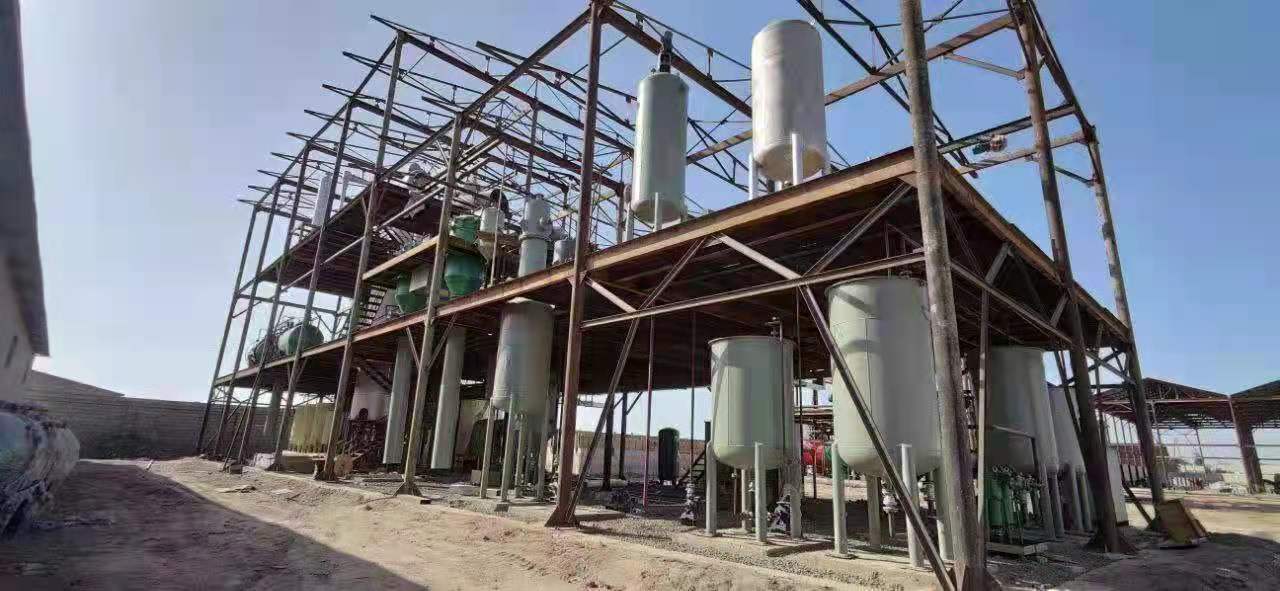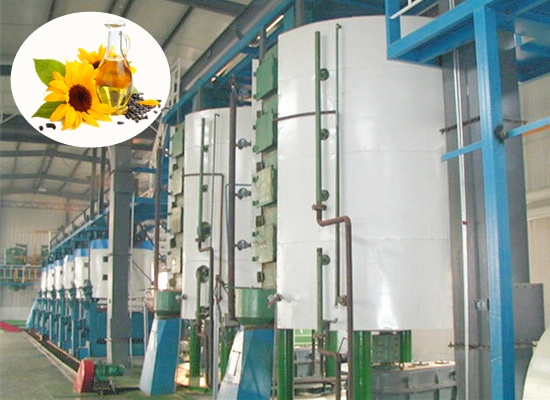
Efficient preprocessing is a cornerstone in solvent extraction oil mills ranging from small 30 tons per day (TPD) setups to large-scale 5000 TPD plants. This article delves into the technical essentials behind cleaning, crushing, steaming, and roasting machinery—tailored for diverse oilseeds like cottonseed and sunflower seed. Understanding the interplay between equipment specifications and oilseed characteristics helps avoid common pitfalls, such as moisture mismanagement and temperature control errors, that can derail production and degrade oil quality.
The preprocessing workflow typically comprises cleaning, crushing, softening (steaming/roasting), and flaking stages. Each has critical parameters significantly impacting the downstream solvent extraction efficiency:
| Process Stage | Key Equipment | Crucial Parameters | Common Issues |
|---|---|---|---|
| Cleaning | Vibrating screen, magnetic separator | Removal efficiency >98%, minimal seed loss | Residual impurities causing machine wear and quality drop |
| Crushing | Roller crushers, hammer mills | Particle size 2-4 mm, adjustable gap settings | Overcrushing causing oil loss or fines |
| Softening (Steaming/Roasting) | Continuous steamers, rotary roasters | Temp: 105–120°C; Moisture: 7.5–9%; Time: 15–30 mins | Under/Over steaming causes fiber toughness or oil degradation |
| Flaking | Differential roller flakes | Flake thickness 0.6–0.8 mm for optimized solvent penetration | Uneven flakes reducing extraction efficiency |
Equipment sizing and operational settings must be calibrated specifically for the oilseed type and daily throughput volume. For example, cottonseed generally requires more robust steaming due to its tougher hull, while sunflower seeds benefit from gentler roasting temperatures to preserve oil quality.
The dual control of moisture content and temperature during preprocessing phases is critical. Excess moisture (>10%) can cause microbial spoilage and impede extraction rates, whereas too little moisture (<6%) hardens the seed structure, reducing oil yield. Operating temperatures must remain within the 105–120°C window for steaming; exceeding this often results in oil oxidation leading to off-flavors and quality degradation.
Recent industry analysis indicates up to a 12% drop in extraction efficiency due to improper pre-steaming humidity control, with associated increases in maintenance downtime caused by clogged equipment. Implementing real-time monitoring sensors for temperature and moisture significantly reduces these risks.

Case studies from leading solvent extraction plants highlight recurring failures such as inconsistent steaming leading to fiber clumps and blockage in solvent percolators, or improper crusher calibration causing excessive fines. One notable example involved a mid-sized 1500 TPD cottonseed operation that experienced a 9% oil yield loss primarily due to overheating during roasting.
The corrective measures—adjusting temperature profiles, installing inline humidity sensors, and upgrading to variable gap crushers—helped regain and surpass original extraction rates within three months. This demonstrates how fine-tuned equipment parameters and vigilant process control yield tangible performance gains.
| Issue | Cause | Solution | Result |
|---|---|---|---|
| Seed clumping during steaming | Over-steaming; high humidity | Optimize steaming time and install moisture sensors | Reduced downtime by 30%, improved oil yield by 5% |
| Excessive fines in crushed material | Incorrect crusher gap settings | Implement variable crusher gap control | Improved extraction efficiency by 7% |

Visual tools such as process flowcharts, moisture and temperature trend graphs, and equipment sizing tables reduce complexity and enhance decision-making clarity. These assets not only support engineering teams but also facilitate meaningful communication with stakeholders and contractors.
Moreover, converting technical content into dynamic formats—like short educational videos, infographic summaries, and interactive knowledge cards—can greatly broaden reach across platforms such as LinkedIn, Vimeo, or specialized trade forums. These strategies amplify SEO impact through layered keywords such as “oil mill preprocessing equipment selection,” “cottonseed steaming parameters,” and “industrial crushing technology for oilseeds.”

Attention to these nuanced details is indispensable for engineers and project managers aiming to optimize solvent extraction lines, improve throughput, and uphold oil quality consistency amidst increasing production demands.



